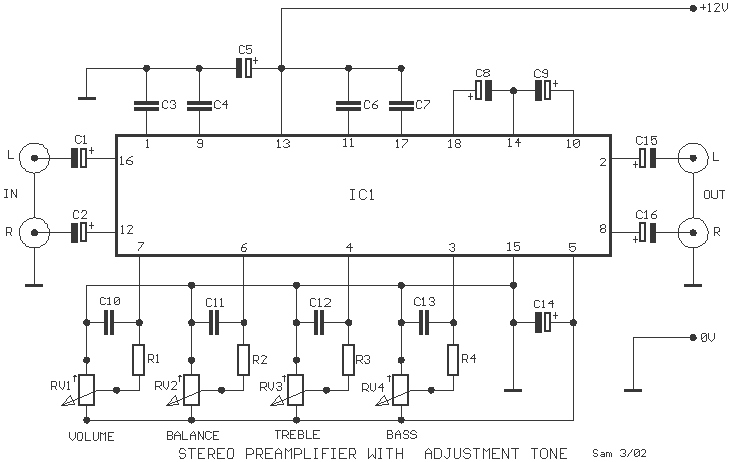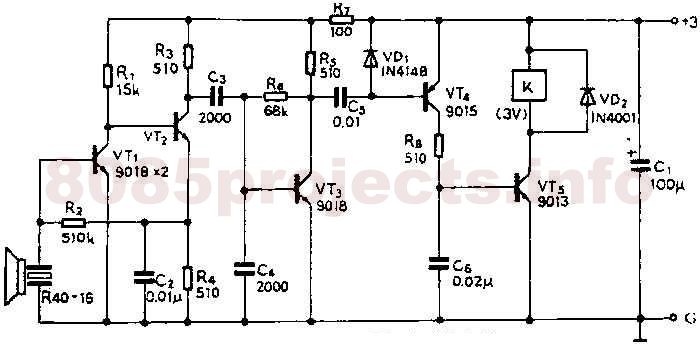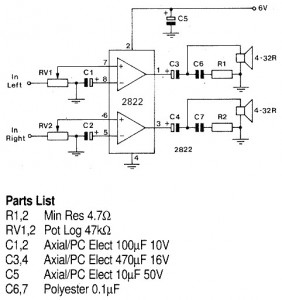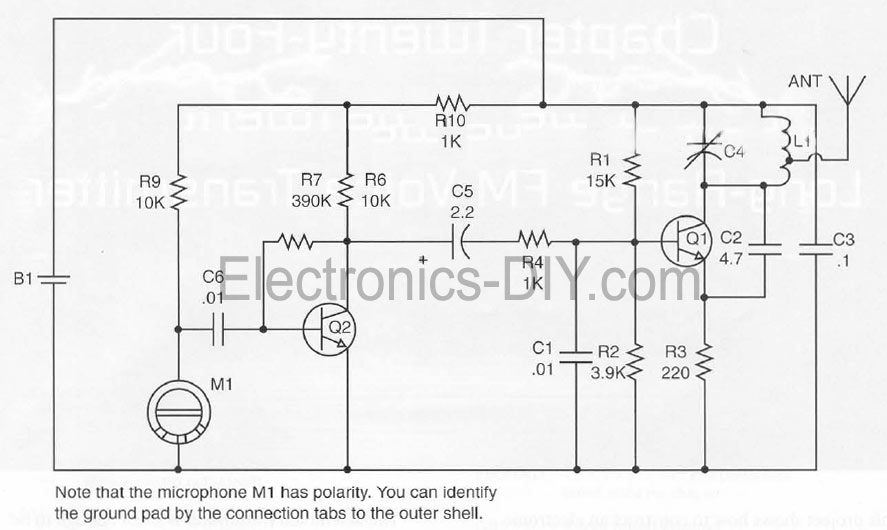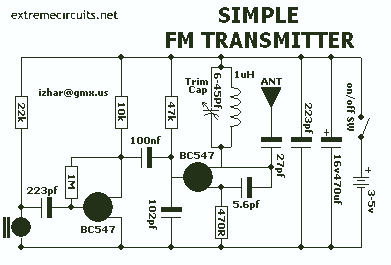
fm stereo transmitter
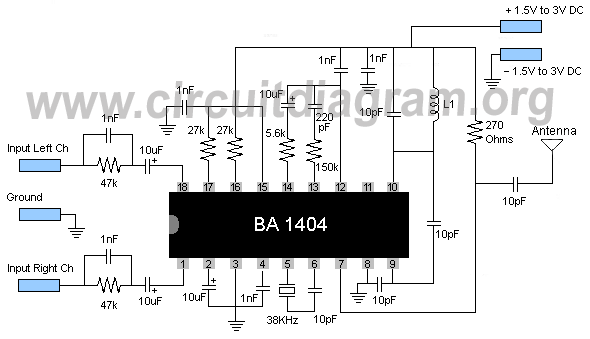
A high-quality FM stereo transmitter circuit schematic utilizing the BA1404 FM transmitter integrated circuit (IC). This circuit is straightforward to assemble, requiring only a few external components.
The FM stereo transmitter circuit based on the BA1404 IC is designed to provide a reliable and efficient means of broadcasting audio signals over FM radio frequencies. The BA1404 is a versatile transmitter IC that integrates several functions, including modulation and frequency generation, making it an ideal choice for simple FM transmitter applications.
The circuit typically consists of the BA1404 IC, a few passive components such as resistors and capacitors, and an external antenna for signal transmission. The power supply for the circuit can be derived from a standard battery or DC power source, ensuring portability and ease of use.
Key components of the circuit include:
1. **BA1404 IC**: This is the heart of the transmitter, responsible for modulating the audio input and generating the FM signal. It operates within a specified voltage range, typically around 3V to 12V, and can accommodate various audio input levels.
2. **Audio Input**: The circuit can accept audio signals from various sources, such as microphones, audio players, or other audio devices. An audio coupling capacitor may be used to block DC components while allowing AC audio signals to pass through.
3. **Resistors and Capacitors**: These components are used to set the operating frequency of the transmitter and to filter signals to ensure clear audio quality. The values of these components can be adjusted to modify the frequency response and transmission range.
4. **Antenna**: A simple wire antenna can be connected to the output of the BA1404 to radiate the FM signal. The length of the antenna should be tuned to the desired transmission frequency for optimal performance.
5. **Power Supply**: The circuit requires a stable power supply to function correctly. A battery pack or a regulated DC power source can be used to power the transmitter.
The construction of this circuit is relatively simple, making it suitable for hobbyists and students interested in exploring FM transmission technology. Proper attention must be given to component placement and soldering techniques to ensure reliable operation. Additionally, adherence to local regulations regarding FM transmission power and frequency usage is essential to avoid interference with licensed broadcasts.A good quality FM stereo transmitter circuit schematic using ba1404 fm transmitter IC. Easy to build circuit with only few external parts.. 🔗 External reference
The FM stereo transmitter circuit based on the BA1404 IC is designed to provide a reliable and efficient means of broadcasting audio signals over FM radio frequencies. The BA1404 is a versatile transmitter IC that integrates several functions, including modulation and frequency generation, making it an ideal choice for simple FM transmitter applications.
The circuit typically consists of the BA1404 IC, a few passive components such as resistors and capacitors, and an external antenna for signal transmission. The power supply for the circuit can be derived from a standard battery or DC power source, ensuring portability and ease of use.
Key components of the circuit include:
1. **BA1404 IC**: This is the heart of the transmitter, responsible for modulating the audio input and generating the FM signal. It operates within a specified voltage range, typically around 3V to 12V, and can accommodate various audio input levels.
2. **Audio Input**: The circuit can accept audio signals from various sources, such as microphones, audio players, or other audio devices. An audio coupling capacitor may be used to block DC components while allowing AC audio signals to pass through.
3. **Resistors and Capacitors**: These components are used to set the operating frequency of the transmitter and to filter signals to ensure clear audio quality. The values of these components can be adjusted to modify the frequency response and transmission range.
4. **Antenna**: A simple wire antenna can be connected to the output of the BA1404 to radiate the FM signal. The length of the antenna should be tuned to the desired transmission frequency for optimal performance.
5. **Power Supply**: The circuit requires a stable power supply to function correctly. A battery pack or a regulated DC power source can be used to power the transmitter.
The construction of this circuit is relatively simple, making it suitable for hobbyists and students interested in exploring FM transmission technology. Proper attention must be given to component placement and soldering techniques to ensure reliable operation. Additionally, adherence to local regulations regarding FM transmission power and frequency usage is essential to avoid interference with licensed broadcasts.A good quality FM stereo transmitter circuit schematic using ba1404 fm transmitter IC. Easy to build circuit with only few external parts.. 🔗 External reference
